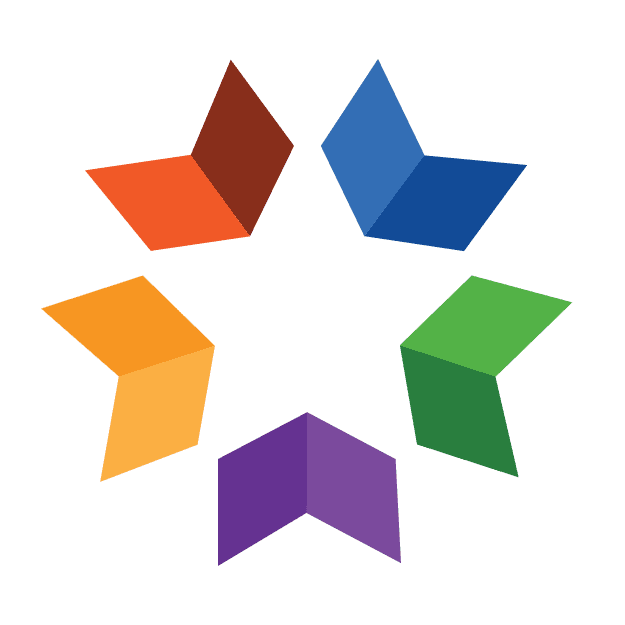Building Lifelong Readers with Independent Reading Strategies
CategoriesHappy wintertime! What better way to spend the cold, dark days than cozied up with a book, complete with a blanket and a kitty on your lap? The warmth a good book brings to the soul is significant, and there are numerous additional benefits of reading – mental stimulation, increased concentration, stronger writing skills, improved analytical skills, knowledge, entertainment…the list goes on and on.
So how can we foster a love of reading among our students to enable them to reap the benefits for the rest of their lives? One way is by encouraging independent reading for enjoyment and for learning.
Reading Rockets defines independent reading as: children's reading of text — such as books, magazines, and newspapers — on their own, with minimal to no assistance from adults. It can consist of reading done in or out of school, including purely voluntary reading for enjoyment or assigned reading for homework.
With over 20 years of teaching experience, Amanda Hudak, middle school special education and reading teacher in Minnesota, shared how she effectively encourages independent reading in her classroom:
First of all, I address the students as “readers”- it is an expectation. We have flexible seating options for reading time and a variety of high interest nonfiction, graphic novels, books in series, and books made into movies. I have found middle schoolers are most likely to read when given choices of books on high interest topics and time to read and share them. Once a quarter I read aloud a book, or we do a reader’s theater play that also has a movie like Wonder or McFarland, USA. The kids always really like that.
Amanda went on to share that she gives her students time to read independently each day while she does individual conferencing related to the students’ reading goals. Amanda and her students communicate daily via their interactive reading notebooks, which encourages students to take their learning to a deeper level by reflecting on their understanding of text, making predictions, and asking questions.
Audio books are a great option for independent reading time. Amanda takes advantage of online programs such as Bookshare and Learning Ally which provide hundreds of thousands of book titles for students with disabilities at no cost. Audio books help to level the playing field for students who struggle with reading by enabling them access to the same popular titles as their peers.
Fourteen-year old, Alexia Safieh, considers herself a “reluctant reader.” Echoing some of the same strategies Amanda uses with her students, Alexia outlines four simple steps which helped her to “create a habit of reading” in this five-minute Tedx Talk:
Step 1: Pick One – Choose a book of interest to you. Alexia wisely noted, “There has never been so many choices and so many sources we can choose from. There is something for everyone.”
Step 2: Make Time – Decide what part of your day you will devote to reading each day.
Step 3: Set Goals – Set daily goals and persistently stick with them. (For example: I will read for 20 minutes per day.)
Step 4: Pick a Series – Book series help keep your interest from one book to the next. (Alexia also highlighted the interest movies based on books, such as Divergent, can spark with reading.)
Whether it involves traditional books – fiction or nonfiction, e-books, magazine articles, or newspaper articles, carve some time out of your busy class schedule every day for independent reading for your students (and don’t forget to bring your own book to read). Set your students up for success with the endless benefits associated with lifelong readers.
Interested in learning more about how to build lifelong readers in your classroom? Check out our extensive list of English Language Arts courses.
Sources:
https://www.lifehack.org/articles/lifestyle/10-benefits-reading-why-you-should-read-everyday.html
http://www.readingrockets.org/article/independent-reading
Here are a few classes related to this topic:
 Teaching Algebra with Technology
Teaching Algebra with Technology
 Embracing Grit: Teaching Students to More Than Persevere
Embracing Grit: Teaching Students to More Than Persevere
 Strategic Literacy: Topics in Writing K-8
Strategic Literacy: Topics in Writing K-8